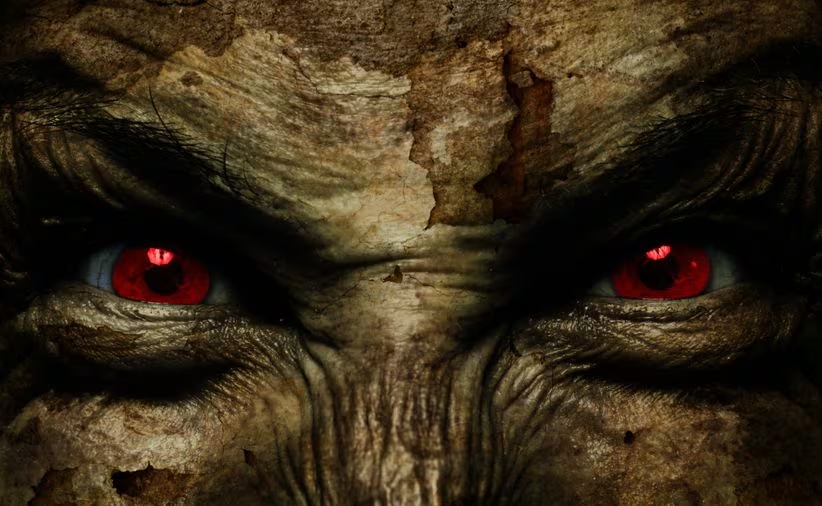Fan of urban legends? Ancient stories of legendary creatures have captivated people’s imagination for generations. These stories spread like wildfire in the heart of the Peruvian Andes and the Amazon. Peruvian myths and legends are rich tapestries woven with mythological beings and individuals, each possessing extraordinary abilities and captivating backstories.
There, fascinating creatures and characters blur the line between fact and myth. Let us show you some of the most popular, scary, and spooky creatures and characters in Peruvian myths:
Tunche
The “Tunche” is `probably the most well-known myth from the jungles of Peru. The meaning of this nighttime wanderer of the Peruvian jungle in an indigenous language means “fear.” Some claim that it can appear as any friend or relative of the victim, making it simpler to approach them; others assert that it is a tortured soul that stalks the streets at night to exact revenge.
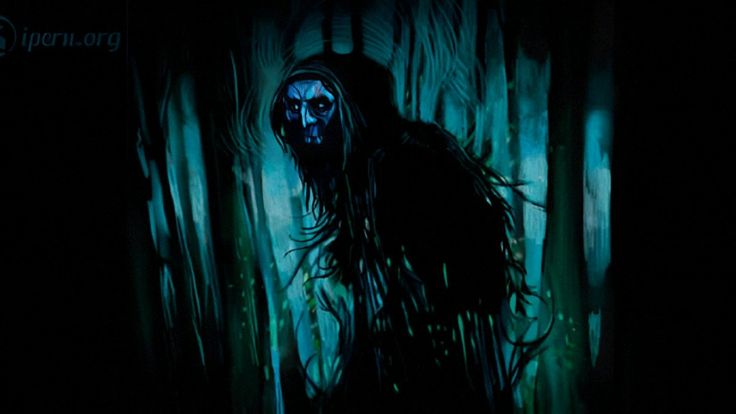
Others claim that it suddenly appears to be a bereaved fiancé who his future father-in-law killed. According to legend, that is the spirit of a man who was haunted by his crimes and was unable to find peace. The Tunche enjoys using its whistle to frighten people, causing panic attacks and heart attacks in its victims. It may take on the appearance of a bird or a human to approach its prey up close
Some have managed to escape describe this creature’s characteristic whistle, which gets louder as it gets closer. Another mystery is what happens to the victims; it’s unclear if it eats them, lets them starve to death, or just leaves them to die.
Pishtaco
The Pishtaco is frequently shown as a foreigner with pale skin, wearing a wide-brimmed felt hat, high boots, and a leather jacket. He enters cemeteries covertly and grinds human skeletons into a powder that immobilizes unsuspecting hikers or local indigenous people on midnight mountain trails and roads. He then beheads and dismembers his victims with a large knife to remove their fat.
The pishtaco is not a creature that kills for enjoyment or without reason, it typically targets those who are vulnerable, such as travelers and local villagers. Many believe that it is sent by someone powerful, perhaps from another country, with a particular aim in mind. Sadly, the remains of its victims are used to extract fat for various uses.
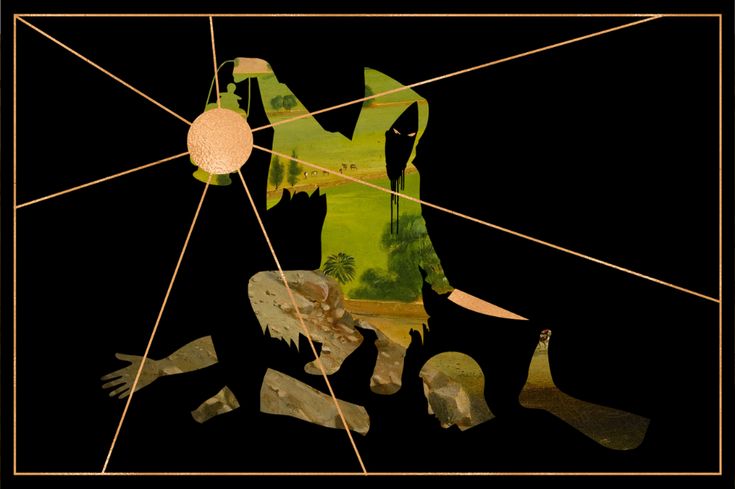
Many say that it can be used in the production of luxury soaps, therapeutic lotions, and cosmetic items, as well as as a lubricant for expensive equipment. Some people even claim that it has been used as rocket and aircraft fuel, but they all agree on one thing: people take fat from the body to sell it.
The pishtaco, a rarely seen character, is often referenced in these contexts. Notably, the pishtaco is never alone; it always appears in groups of two or more.
Jarjacha
The Jarjacha is a truly interesting nocturnal creature, famous for its bright eyes and its unique call: “Jar-Jar-Jar” or “Qar-Qar-Qar.” This call, which gives the creature its name, is thought to signal when someone in the village has committed incest.
While people often hear the Jarjacha’s call in the mountains near Ayacucho, its story has reached other parts of southern Peru, including Huancayo in the Junín department. The legend of the Jarjacha encourages us to think about our choices and the importance of looking out for one another in our community.
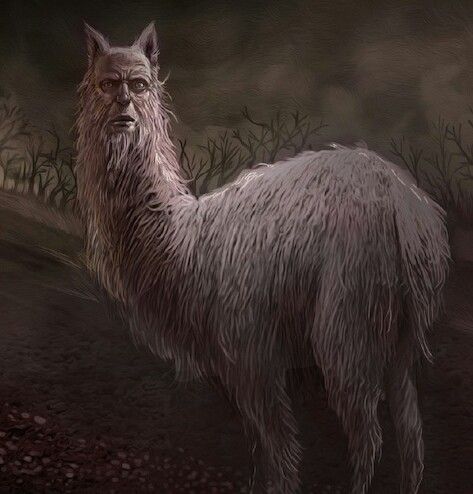
The villagers share many interesting stories about the Jarjacha, and descriptions of this creature can vary quite a bit, most of these accounts connect the Jarjacha to llamas. Some people describe it in a fun way as a llama with a human head, others think of it as a two-legged animal that looks like a llama or an alpaca, sometimes even having two or three heads!
Some tales say the Jarjacha, which is seen as a mischievous spirit, can change into a dog or a human form for a little while to blend in.
The Chullachaqui
One of the fascinating legends from the Tarapoto jungle is about the Chullachaqui. This friendly goblin gets his name from the Quechua words “chulla,” meaning uneven, and “chaqui,” which means foot. He lives in the beautiful mountains of Tarapoto and has a unique appearance that blends the features of both a faun and a human.
Standing at about 1.60 meters tall, he is easily recognized by his normal right foot and his unusual left foot, which some people say looks like the foot of a chicken, a chubby baby, or even a goat. This legend adds a touch of magic to the rich culture of the area! The Chullachaqui disguises himself as someone his victims trust, leading them into the jungle with false familiarity.
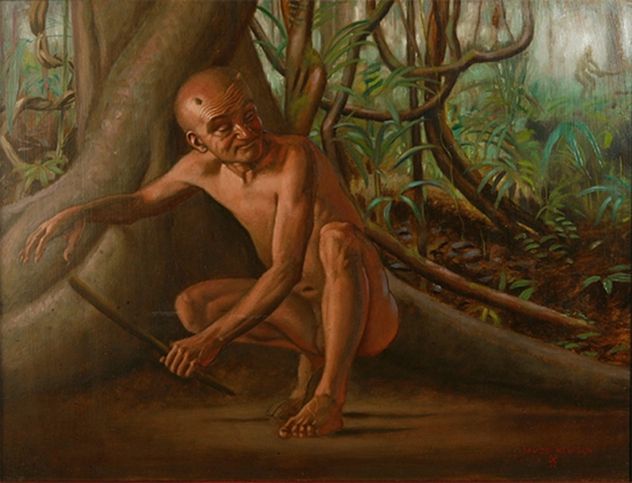
He lures people to another dimension, where they become goblin soldiers or abandon them deep in the jungle, with few surviving the ordeal. Many people say that this fascinating being shows up during the San Juan festivities or in December. If you want to spot him, keep an eye on his left foot; it always keeps its goat-like shape, even when he changes form.
Naylamp
Once upon a time, there was a kind prince named Naylamp, who came from the sea in a reed boat, looking for a new home for his people who were fleeing from dry lands. Naylamp brought with him a green idol named Yampallec and had a deep respect for the moon and the sea.
He traveled with his colorful face, feathered clothing, his beloved wife, many loyal officers, concubines, and a cheerful crowd of followers. Together, they searched for a place with rich soil. Naylamp kindly asked the Moon and the sea for help, soon, he spotted a beautiful coast filled with promise.
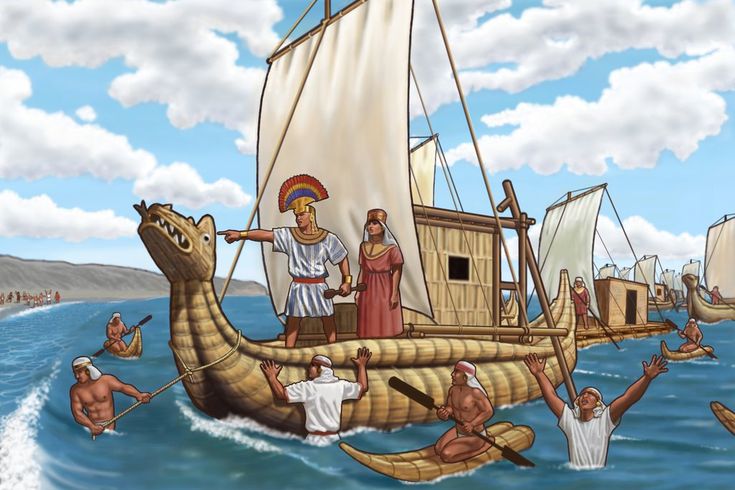
His people were filled with joy as they reached the shore, as they thanked the gods for their good fortune and settled down in this new land with fresh water and plenty of wildlife. To honor Yampallec, they built a special temple and welcomed the local people, becoming part of the community.
Under Naylamp’s caring leadership, everyone thrived and enjoyed peace. After he passed away, he transformed into a bird, but his spirit lived on. His family continued to guide the land, carrying on his legacy of kindness and prosperity.
What do you think? These were some of the spooky and chilling myths and legends that are still present in our country! As our land is filled with mysteries and riddles, we encourage you to discover all of them by yourself with Viagens Machu Picchu. Contact our consultants to start living your dreams in Peru!
Viagens Machu Picchu, journeys that inspire, moments that last.
| Spanish > Viagens Machu Picchu |
| English >Viagens Machu Picchu |
| Portuguese > Viagens Machu Picchu |

